I recently visited Boston for the first time, and I was overwhelmed by how much American history was preserved downtown—and, additionally, by how the regal beauty of those historical buildings and sites contrasted with the sleekness of the newer constructions. My wife and I spent an hour or so strolling through the Granary Burying Ground, marveling at the ornately gothic designs of the headstones. Something about that idea felt profound—even these markers of death deserved to be infused with elegance.
So, why do our modern designs—even for our ordinary things like lamp posts—feel so bleh when they used to look so special centuries ago? Sheehan Quirke, a British writer and YouTuber under the moniker "The Cultural Tutor," set out to answer that very question in a deep-dive video titled "How Did the World Get So Ugly?" It’s a fascinating glimpse into aesthetic evolution and a nice reminder to seek out beauty in unexpected places.
- YouTube youtu.be
"If you want to understand any society...look at what it creates"
Quirke opens the video by doing precisely that—standing by the River Thames in London as he zeroes in on an everyday modern lamp post. "Do you like it? Well, it does its job…but not much else," he says. "But look over here at another [more ornately designed] lamp post—it does its job and a little bit more. It’s [visual] details like these that help make this such a charming place to be. But these two lamp posts don’t just look different. They represent fundamentally different world views. If you want to understand any society, don’t listen to what it says about itself. Look at what it creates."
To explain his thinking, Quirke points back to the late 19th century, when civil engineer Sir Joseph Bazalgette designed a revolutionary sewer network, along with an embankment to replace "what was essentially a stinking swamp filled with rubbish and human waste and eels." These designs, he says, saved and improved the lives of an incalculable number of people. But they also provided another public service: beauty. "What’s clear," he says, "is that the Victorians took great pride in their embankment and thought it needed an appropriately grand and dramatic decoration."
There are other examples of vibrant Victorian-era design in London, including some in places an outsider might not expect, such as the Crossness sewage pumping station. "Strange to think that this is infrastructure, a purely functional building with the sole purpose of managing human waste," he says, against the backdrop of its gorgeously regal interior. "And yet it has been designed with the same ornamental exuberance as any church or palace. Why? Well, people worked here. And why shouldn’t people who work in sewers also have a beautiful place of work? That is how the Victorians thought. But there was more. There was also a sense of pride, a belief that what they’d done here was worthwhile, that it meant something. And the result, over a century later, is that this place, a sewage facility, is now a museum, a tourist destination."
- YouTube www.youtube.com
Reviving the idea of "ordinary beauty"
(Indeed it is. Crossness even has a café and a gift shop, not to mention special events scheduled throughout the year. They’re even celebrating Halloween 2025 with the "Crossness Pumpkin Station," featuring a "ghost train and spooky stories." When class is done, a place for sewage can also be a place of celebration. It's worth spending some time looking into Bazalgette's work—including in the above video from Historic England.)
Quirke argues that a broader shift toward convenience has depleted some of that exuberant design spirit. But he says it’s worth considering that those beautiful Victorian lamp posts could still be churned out in factories if we so chose. "We could still mass-produce lamps just like these if we wanted to," he says. "We could make our offices and our warehouses look like Crossness Pumping Station. We could make anything we want. That’s the ultimate truth—the hardest one to accept. But we don’t. We have other priorities, and that’s fine. But it’s vital we accept that there is another way…[W]e no longer believe in the idea of ordinary beauty, or in the idea of a public that deserves ordinary beauty."
It’s an intriguing thought: The world can look any way we want it to—within reason, of course—and we all deserve to have beauty in our environment, no matter where we are. After my experience in Boston, I know I'll never look at headstones the same way.
- YouTube youtu.be





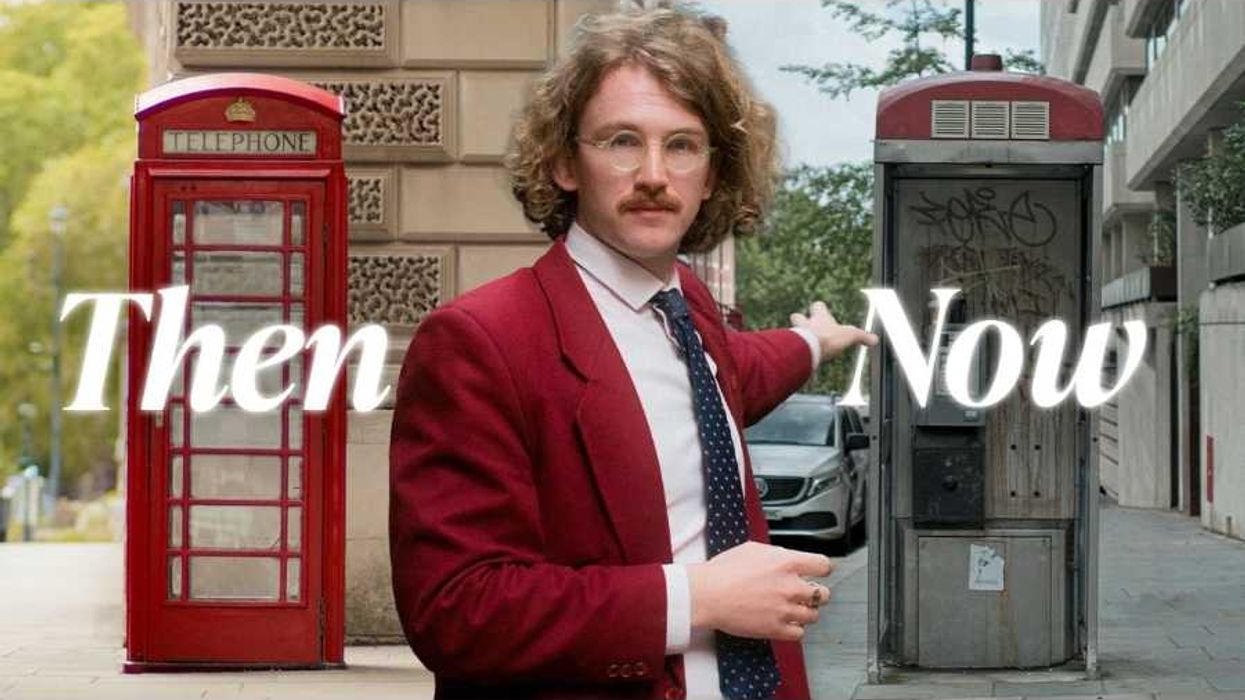









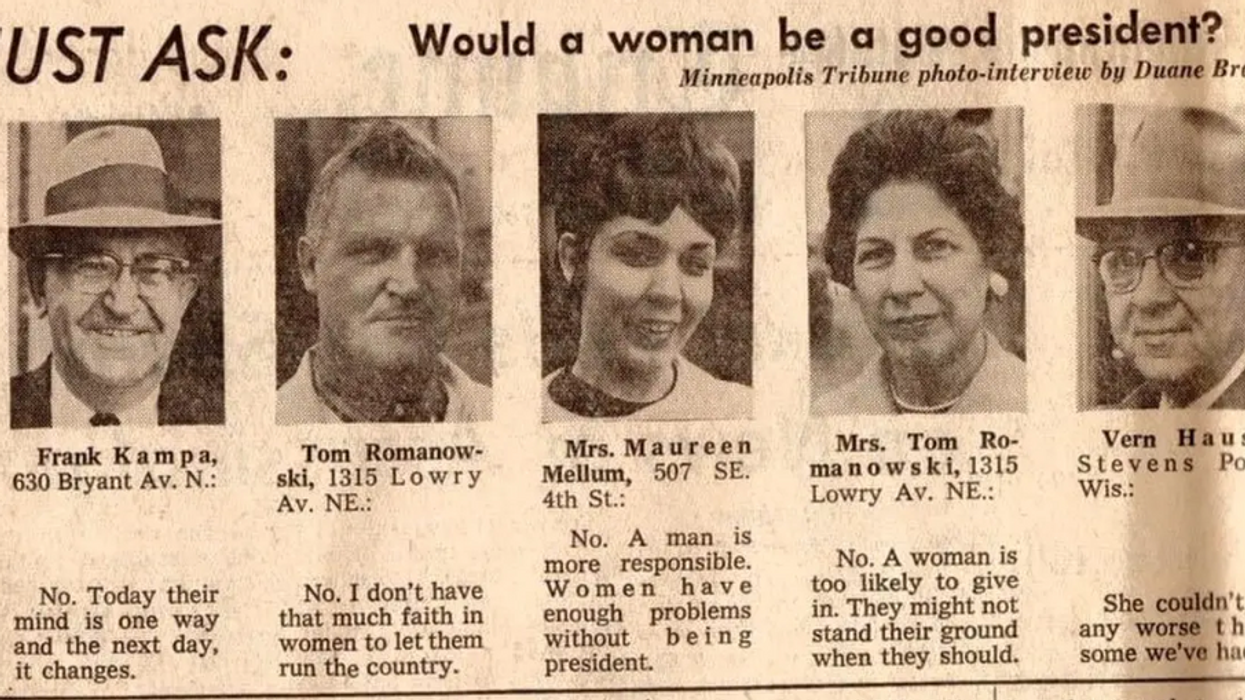

 Hungry and ready.Photo credit
Hungry and ready.Photo credit  The mac and cheese staple presentation.Photo credit
The mac and cheese staple presentation.Photo credit  Pizza ready from the oven.Photo credit
Pizza ready from the oven.Photo credit  Friends hover around the barbeque.Photo credit
Friends hover around the barbeque.Photo credit  Seafood platter on the beach.Photo credit
Seafood platter on the beach.Photo credit 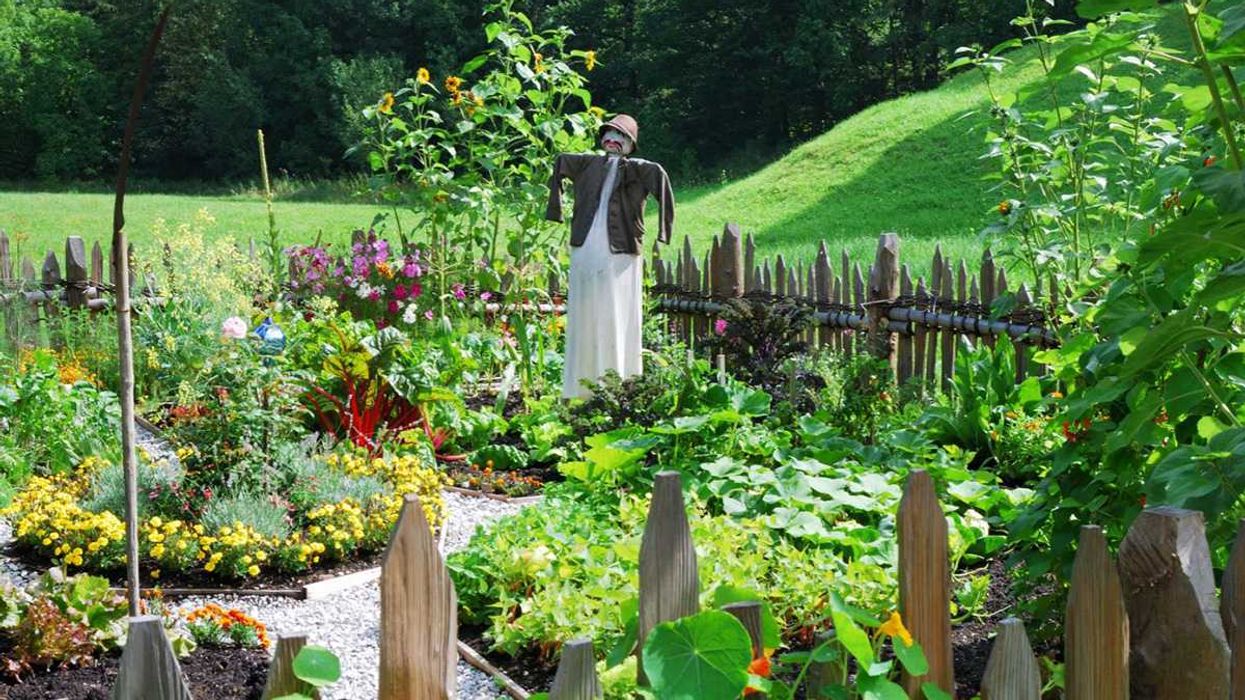 Scarecrow watches over a vegetable garden.Photo credit
Scarecrow watches over a vegetable garden.Photo credit 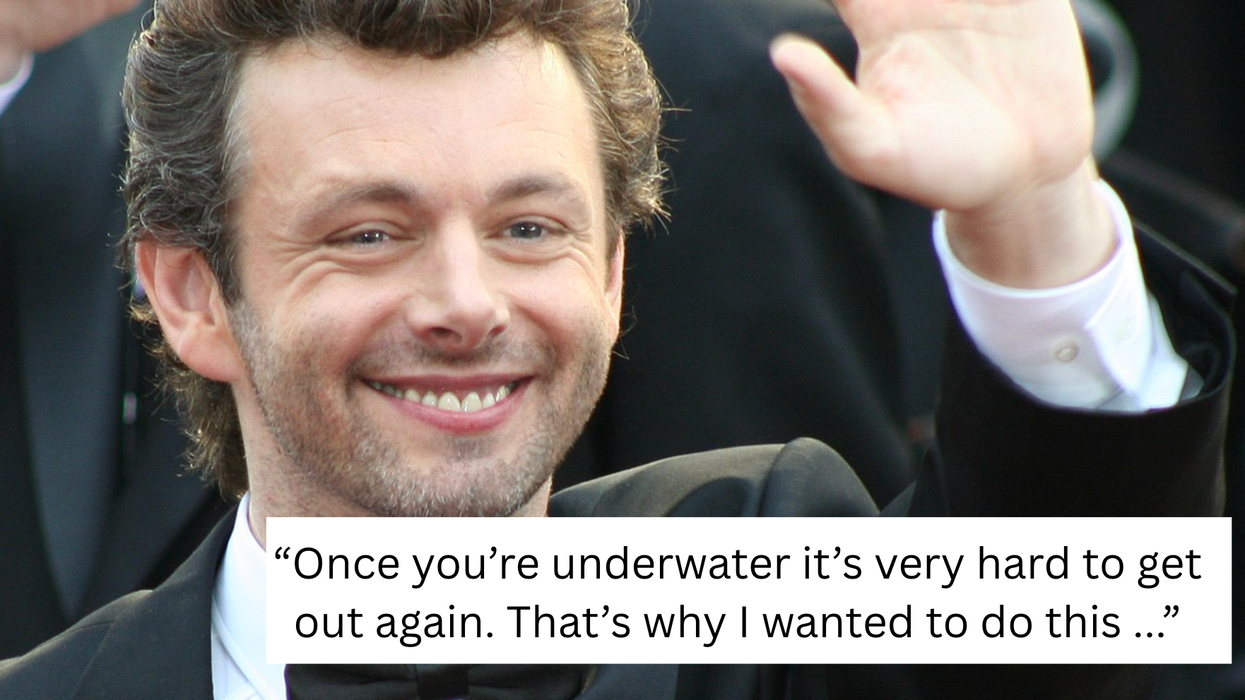

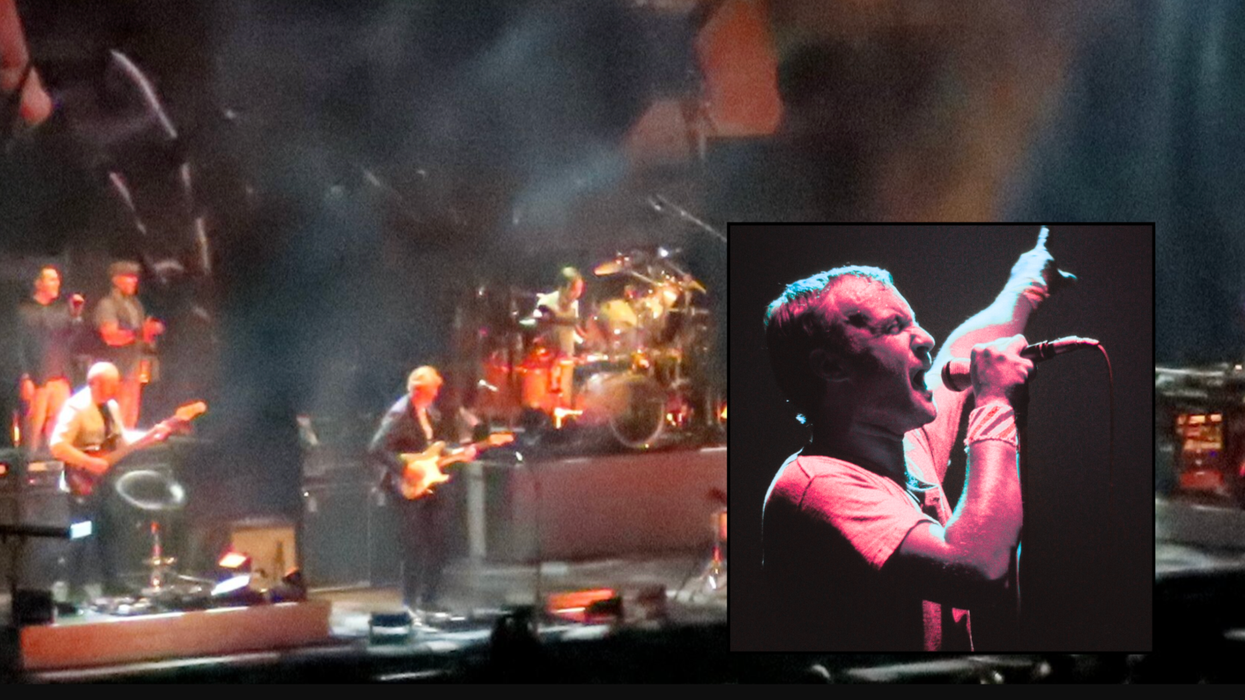
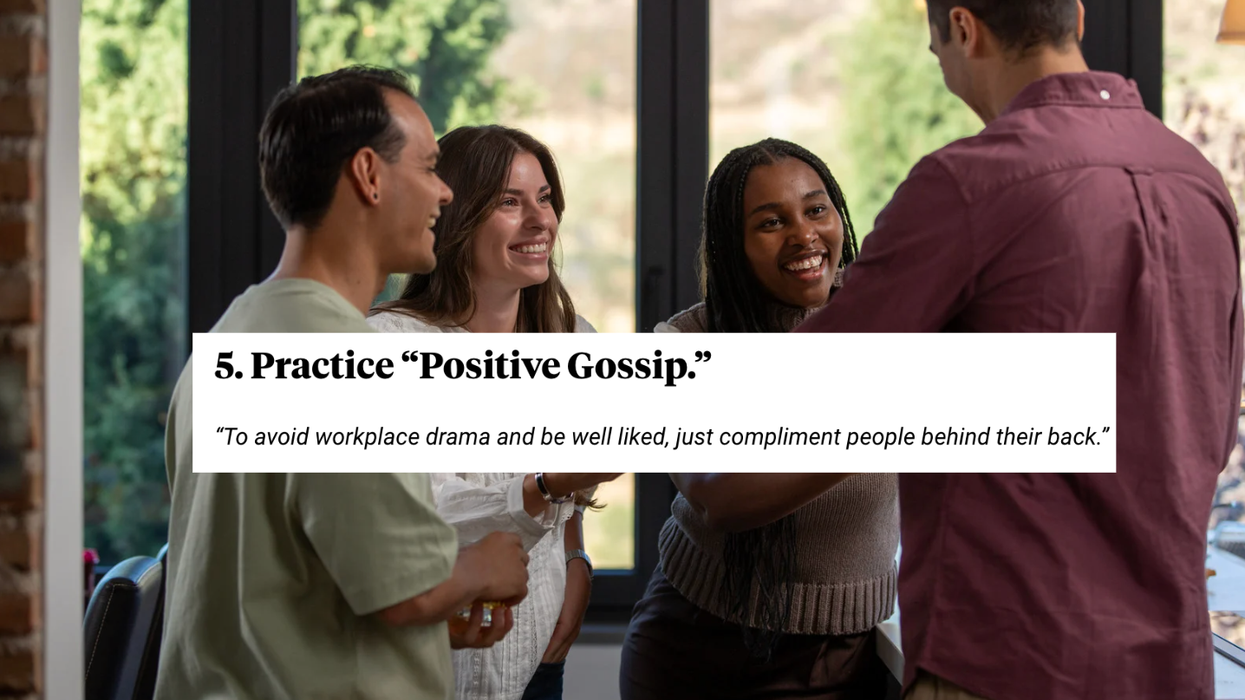
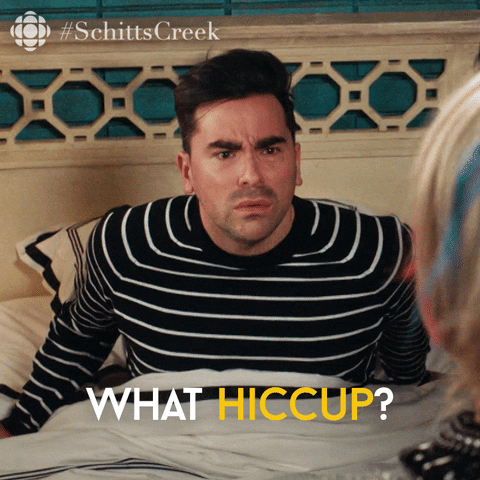 Gif from Schitt's Creek via
Gif from Schitt's Creek via 
 People on a beautiful hike.Photo credit:
People on a beautiful hike.Photo credit:  A healthy senior couple.Photo credit:
A healthy senior couple.Photo credit:  A diverse group of friends together.Photo credit:
A diverse group of friends together.Photo credit:  A doctor connects with a young boy.
A doctor connects with a young boy.  Self talk in front of the mirror.Photo credit:
Self talk in front of the mirror.Photo credit:  Lightbulb of ideas.Photo credit
Lightbulb of ideas.Photo credit 

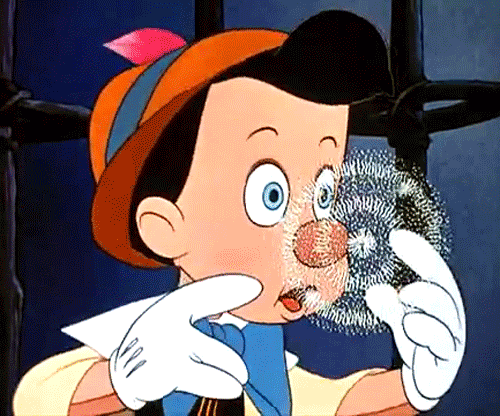 Gif of Pinocchio via
Gif of Pinocchio via
Professor shares how many years a friendship must last before it'll become lifelong